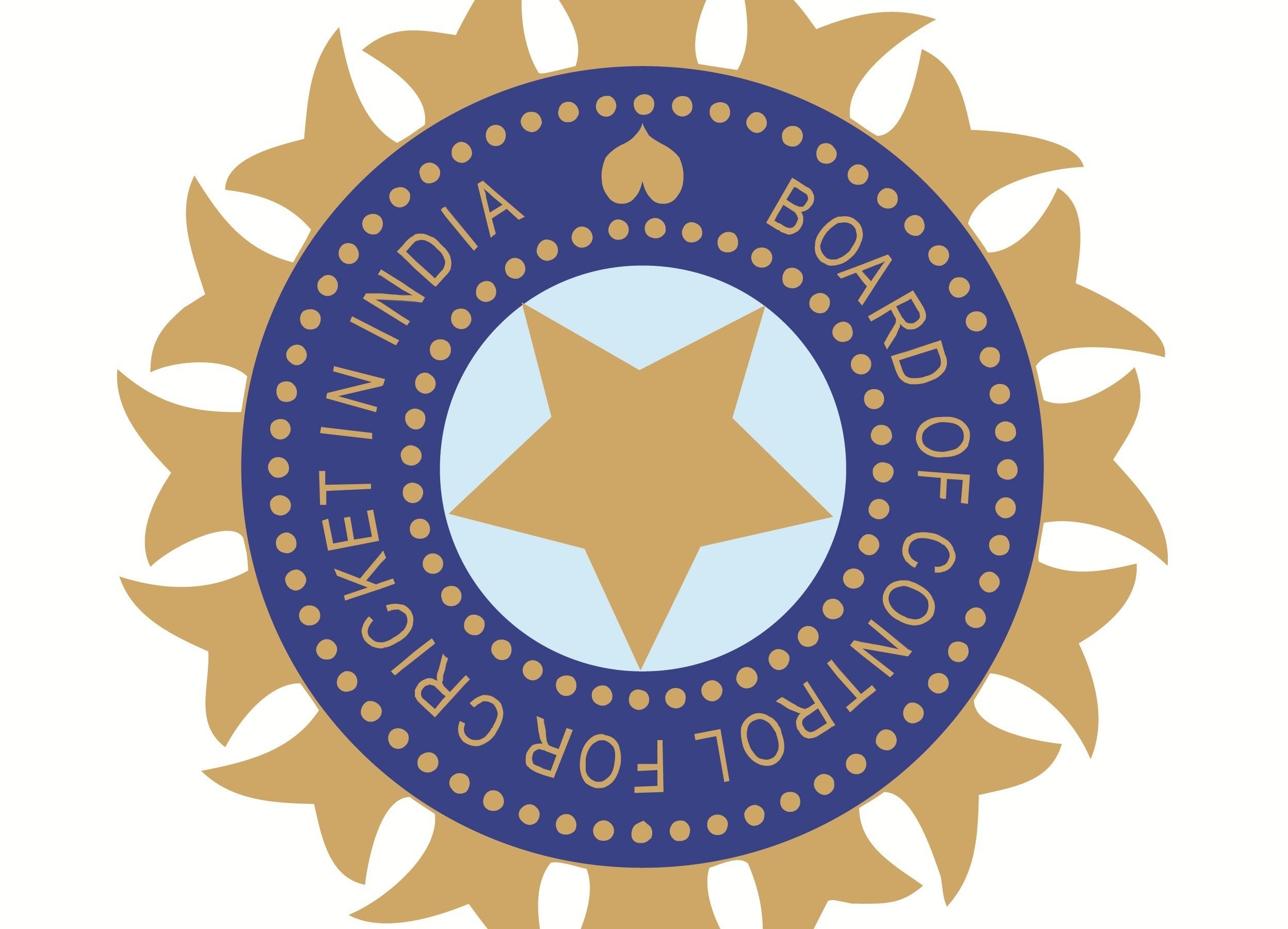Logo of Board of Control for Cricket in India courtesy of WikiMedia Commons.
By Kaveri Pillai ’23
Staff Writer
Content warning: this article discusses police brutality and racism.
As I made myself comfortable in the Buckland Hall common room on Oct. 24, 2021, anxiety and anticipation hit me all at once. Like many Indians across the world, I, too, was going to watch India’s first International Cricket Council T20 World Cup 2021 match against the team’s eons-old arch-rival, Pakistan. With Pakistan winning the toss and India starting the first innings with opening batsmen Rohit Sharma and KL Rahul, the fun was just about to begin. But it was what happened before the match that left me gawking at the TV set. The Indian cricket team, for the first time ever, took a knee as a way to show support for the Black Lives Matter movement. 11 men in blue kneeled down outside the team dugout — a nod to a social movement that has spread across the globe.
It is the unprecedented nature of this decision that raises the question of why the Indian team thought it was relevant to show solidarity now. The Indian cricket team’s move of taking the knee alludes to the bigger issues of selective activism and suggests complete ignorance of the nation’s tainted history with colorism.
According to the captain Virat Kohli, the team was given instructions by their management to take the knee. Last summer, the cricket teams from England and the West Indies did the same in the aftermath of George Floyd’s murder. That being said, India’s sudden involvement in being an ally to the Black Lives Matter movement raises multiple red flags — one of them being the issue of selective activism as a way of appeasing the global community. Indian Supreme Court lawyer Karuna Nundy replied to a Twitter post covering the match, saying, “Um … Muslim lives, Dalit lives, Kashmiri lives, Indian lives?” Nundy’s attempt at highlighting various issues pertaining to marginalized groups in India nods to how dangerously convenient it was for the cricket team to address a situation that doesn’t directly concern or affect the Indian population.
The current government has a history of cracking down on political dissenters, making it relatively harder for popular figures, including national athletes, to speak up on matters without facing any repercussions. Instances of these government crackdowns are endless. In 2019, prominent Kashmiri journalist and author Gowhar Geelani was prevented from flying internationally after he published comments criticizing the Indian government on the controversial case of Kashmir. This makes commenting on issues that don’t necessarily affect Indian lives a safer option. However, it is their platform and their credibility as Indian sportsmen that would help throw light on the discrimination and mistreatment faced by social groups within the country. The need for approval and a futile thumbs up from the global community by showing support for something that is topical on an international level undermines the potential of this platform.
Moreover, the issue of this form of selective activism doesn’t stop at the fact that there are pressing issues in India that require attention — it also includes the fact that the cricket team’s move to take the knee was tone-deaf. India’s long drawn history with colorism adds an incredibly explicit note of irony to this performative action.
Borgen Project’s 2020 analysis traces the legacy of colorism back to the British colonizers identifying themselves as the lighter-skinned ruling class and the prominent exclusion of dark-skinned South Asians from high ranking government positions.
Fairness cream products, a prime example of modern colorism in India, propagate an ideal image of beauty and whiteness that are valued in the subcontinent. Likewise, in matrimonial advertisements in newspapers, families are often essentially on the lookout for fair skinned matches, which further illustrates Indian society’s denunciation of dark-skinned people.
Moreover, India’s history of colorism extends to a realm of deep rooted racism that is discussed in director Mira Nair’s 1991 film “Mississippi Masala.” The protagonist, Mina, played by Sarita Choudhary, is an Indian woman living in Greenwood, Mississippi, who falls in love with an African American man Demetrius, played by Denzel Washington. The film showcases the consequent apprehension Mina’s family has regarding the relationship and, as a whole, the Black community. This idea of colorism is now engraved in the Indian mindset. The hesitancy to embrace interracial relationships or even accept those who aren’t Indian makes one question how a country so deeply against such tenets of equality has agreed to support the Black Lives Matter movement.
This exhibition of solidarity was evidently only temporary — the Indian cricket team did not take a knee during their subsequent match against New Zealand on Oct. 31. New Zealand, however, was seen doing it while Indian cricketers stood awkwardly on the field. The Indian Express publication quoted an Indian cricket team source who, when asked if India would continue taking the knee in the World Cup, said, “We have done it for now. Will see in the future.” This was a slap in the face to anyone who saw their action on Oct. 24 as a genuine show of support. Additionally, after India’s devastating loss against Pakistan, Indian bowler Mohammed Shammi, a Muslim player, was solely blamed for the loss on social media and was trolled relentlessly for it. Perhaps India could take a knee for the obvious religious divide that erodes Indians’ supposed promise of secularism. One can only hope that performative activism can make some space for discussions that concern Indians on a local level and can solve rooted issues of colorism before blindly offering solidarity to global issues.

